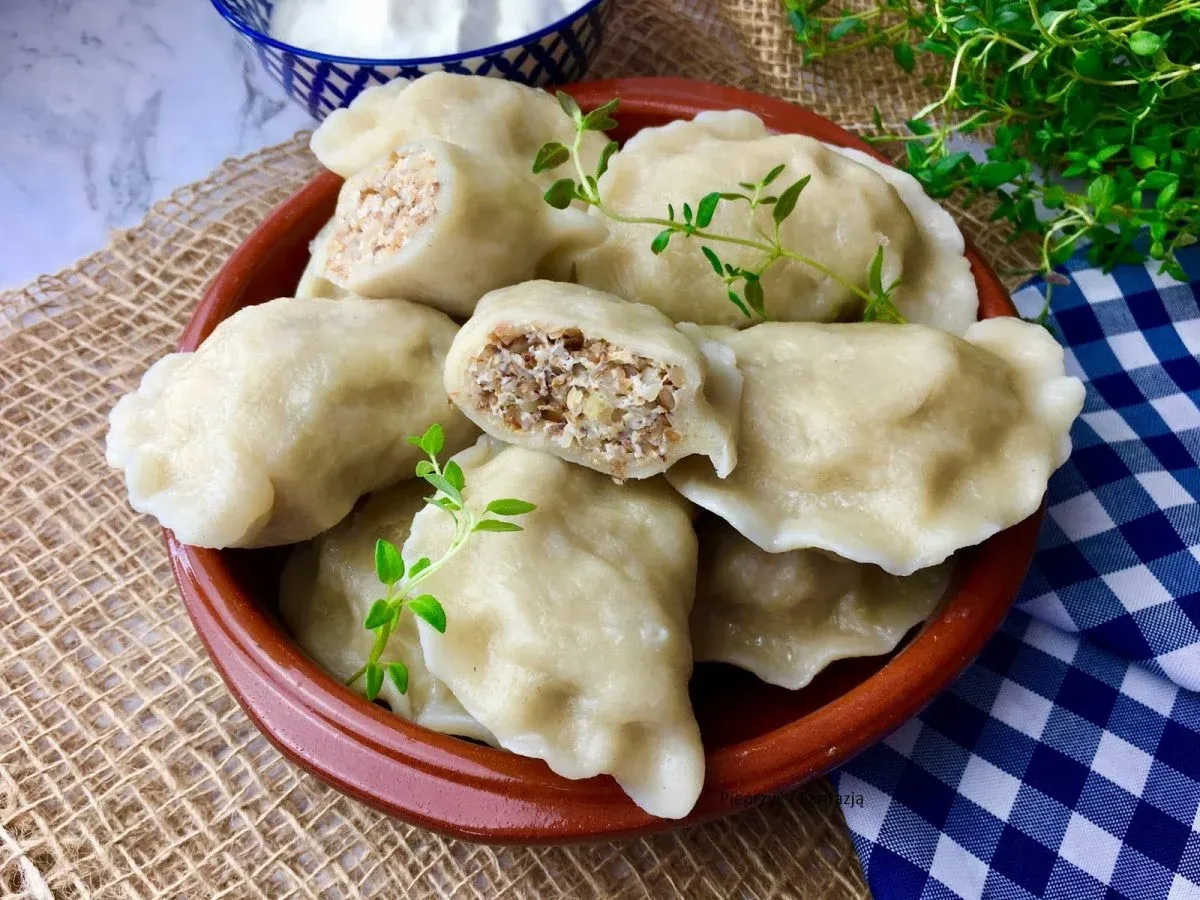
Traditional taste preferences
For instance, in the hill-side areas, where oats were mainly cultivated, oat flour was largely used in the daily diet. In the cookery of the Kaszuby area, fish constituted a significant part, as did geese for the inhabitants of the Pomorze area. Inhe regions to the east of the Vistula, a typical dish was baked pierogi. These were stuffed with potatoes, cheese, cabbage, mushrooms, buckwheat and millet. This was also true of boiled pierogi which are eaten throughout Poland today. It should be said that in the Pomorze, Podlasie and Wielkopolska regions, this dish only became popular in the inter-war period. Considerably later, after the second World War, pierogi were served in the Warmia and Mazury regions.
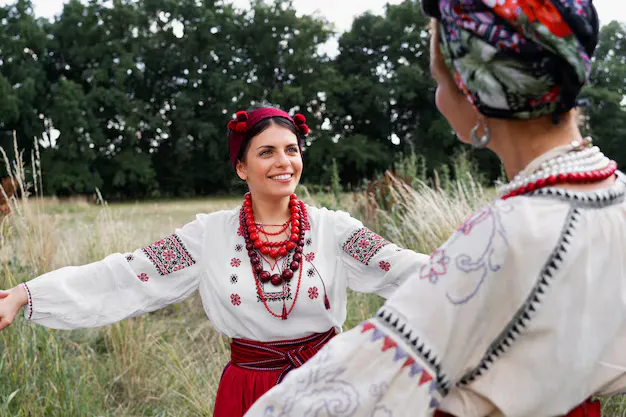
About Polish regional cookery
Polish regional cookery may be differentiated according to several main areas: the Podhalanski, Silesian, Malopolski, Wielkopolski, Mazowiecki, Mazursko-Warminski and Pomorski areas. The differences and the type of regional peasant food were determined, firstly, by the type of economic agricultural and trade factors and by the wealth of the natural, geographical environment and secondly, by the traditional taste preferences.
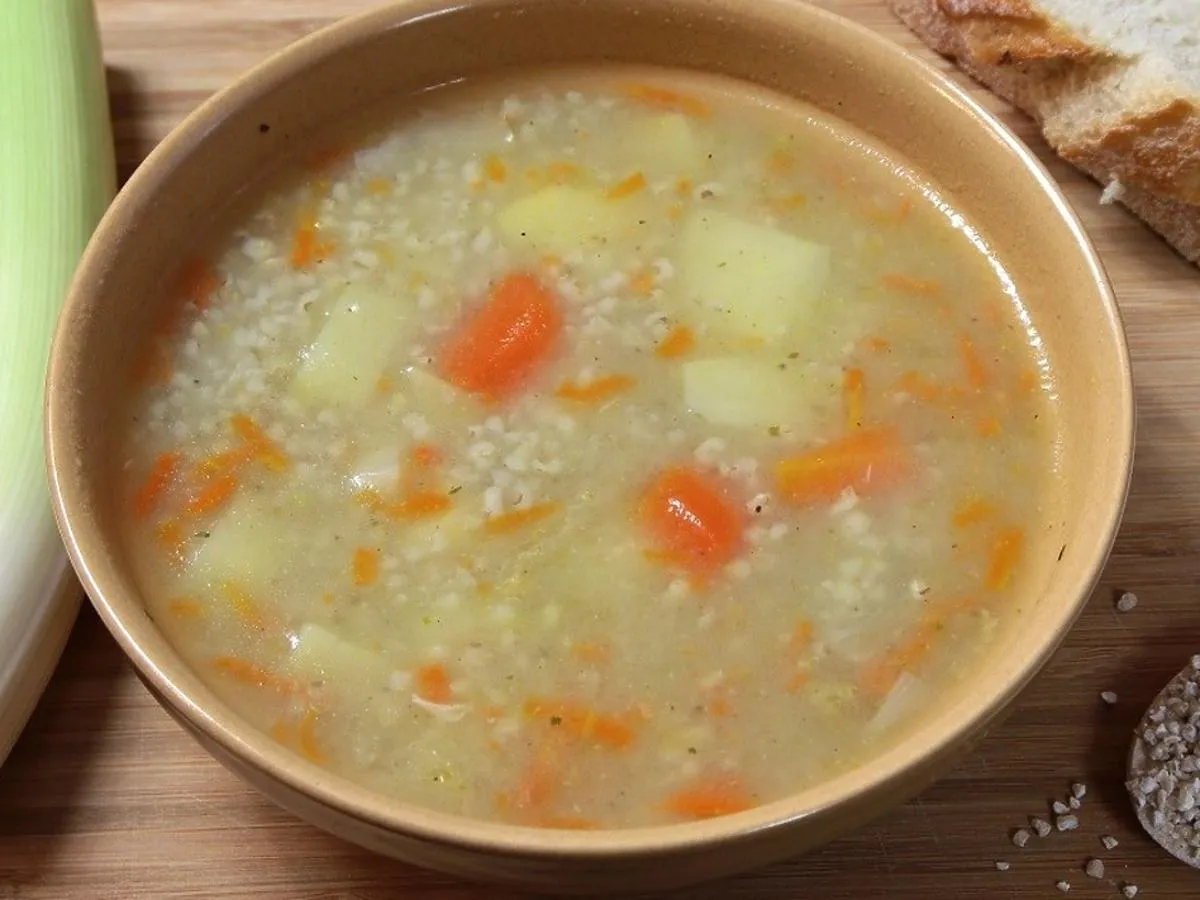
Soups
Apart from the previously mentioned pierogi, Leczynski cookery was characterised by its variety of soups. Soup was, in essence, an all-day meal. It was eaten in the morning, afternoon and evening. A traditional soup was based on ingredients of low nutritional value. Meals on peasants’ tables were based on flour and potatoes. Their names - „lemieszka” or„prazucha”remain somewhat surprising to this day. It is true that the regional cookery is „poor people’s cookery” but it is also true that in this region, „estate cookery” developed, considerably richer in its culinary possibilities. In preparing estate dishes, many vegetables and fruit were used and these were prepared in a variety of ways. A popular estate cookery dish was the so-called „golabki”, or buckwheat, rice or meat rolled in cabbage leaves as well as „pancakes”, called „dziady” made from sugar beets. They were made on All Saints Day and given to beggars outside the churches.
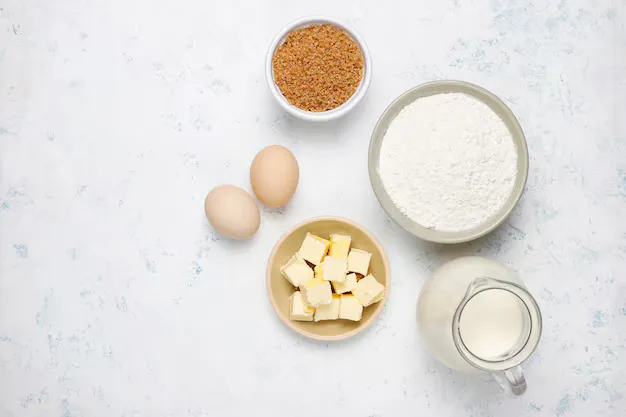
Cookery in the Leczynski area
Cookery in the Leczynski area is part of the Lubelski regional cookery. It formed part of the so-called peasant cooking, otherwise named „poor people’s cookery”, cautiously valuing everkilogram of purchased meat or otheringredients (such as butter and eggs). Dishes contained mainly flour seasoned with „lardons” of meat or pork fat. In the summer, large amounts of raw fruit and vegetables were consumed, while in the winter, mostly sauerkraut was eaten.
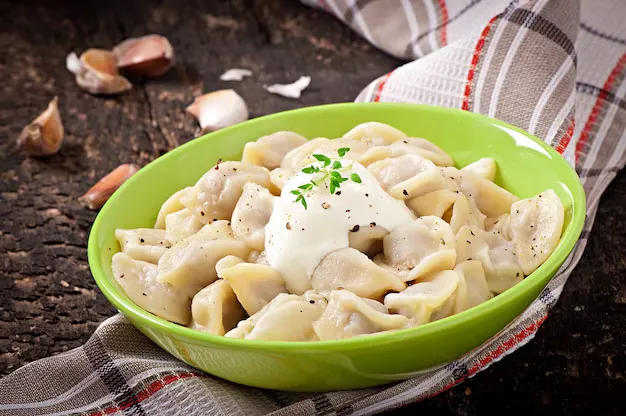
Traditional cooking in the Zolkiewski
Traditional cooking in the Zolkiewski region is part of Ukainian cookery, rich in different tastes and products. It is based on breads and dishes made predominantly of flour and grains. Meat, vegetables and fish also play a significant part. Bread, sometimes baked in special ovens, also plays a part in ceremonies, particularly the so-called korowaj. There are numerous dishes made of boiled pastry- warenyky with various stuffings: curd che - ese, potatoes, morello cherries. The famous and very popular “pierogi ruskie” are part of this group, filled with curd cheese (as a sweet dish with added raisins) or potatoes (as a savoury dish) or with potatoes and curd cheese. Another variety of “pierogi” - pielmieni- also eaten in the Ukraine, have probably been borrowed from Russian cookery.
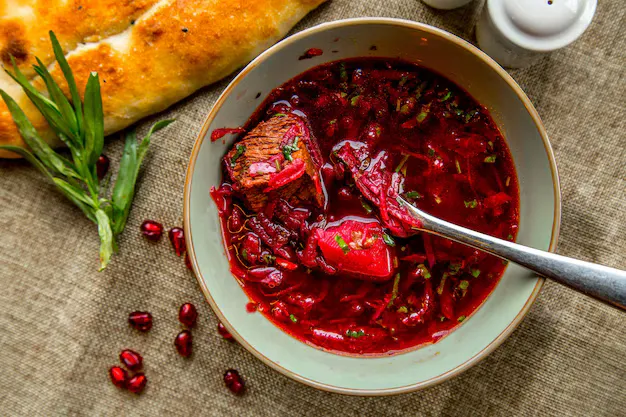
The national dish
The national dish in this region is the Ukrainian Barszcz. This is most often served as a clear soup with the addition of specific vegetables (beans) a spoonful of sour cream and a yeast pastry. Barszcz can vary greatly in taste: from a vegetable type to a meat type and one made of fish stock. Preparing Ukrainian Barszcz is treated as a type of test. They say that one can tell from the barszcz whether there is a good housewife in a given house. Other popular soups inclu - de kapusnjak (sauerkraut soup) and juszka. Beef, pork, mutton and poultry are eaten. The favourite national meal is pork fat- prepared in numerous ways - salted, smoked, braised and sweet (as desserts). Pork fat is usually eaten with bread and mustard (traditional va - rieties are Czarcia and Kozacka) or with potatoes. It is added (usually fried) to almost all savoury dishes (soups and main meals) and as stuffing for other meats to increase the moistness. Among the drinks, “kwas” should be mentioned, sometimes served with berries or with added birch juice. There are also numerous varieties of wines, beers and vodkas
